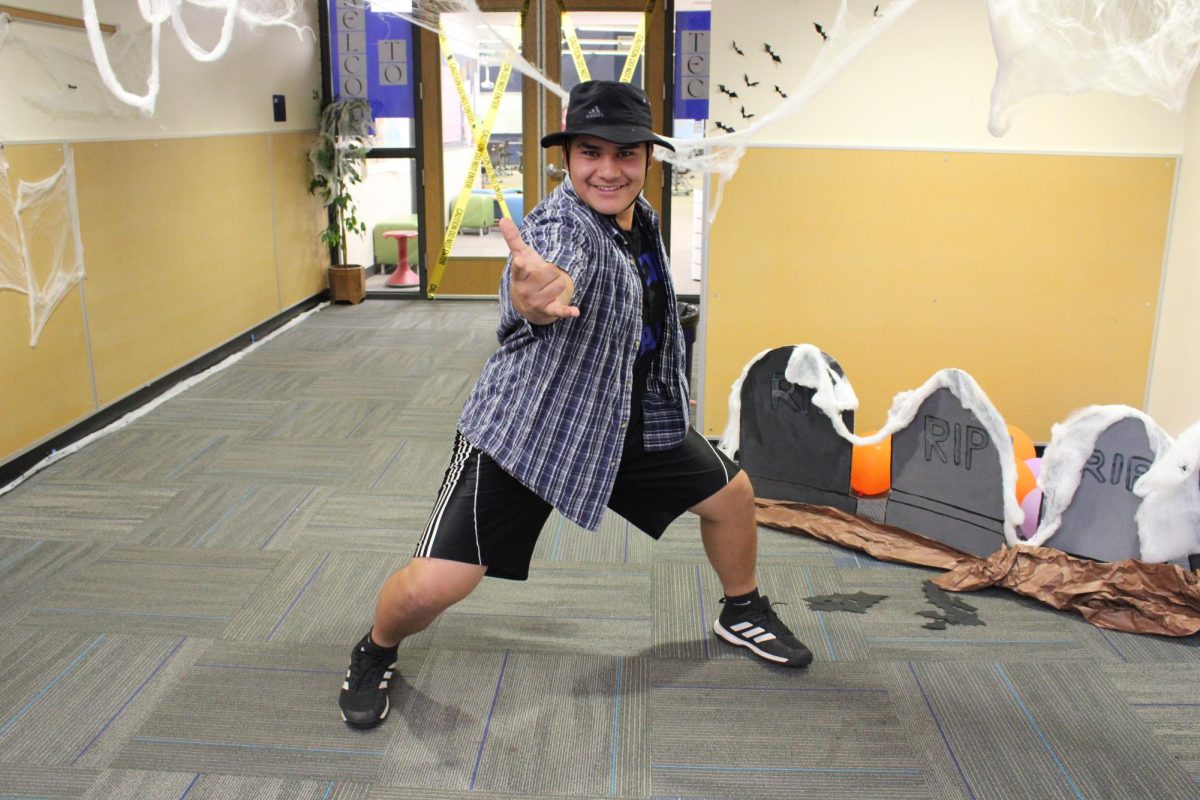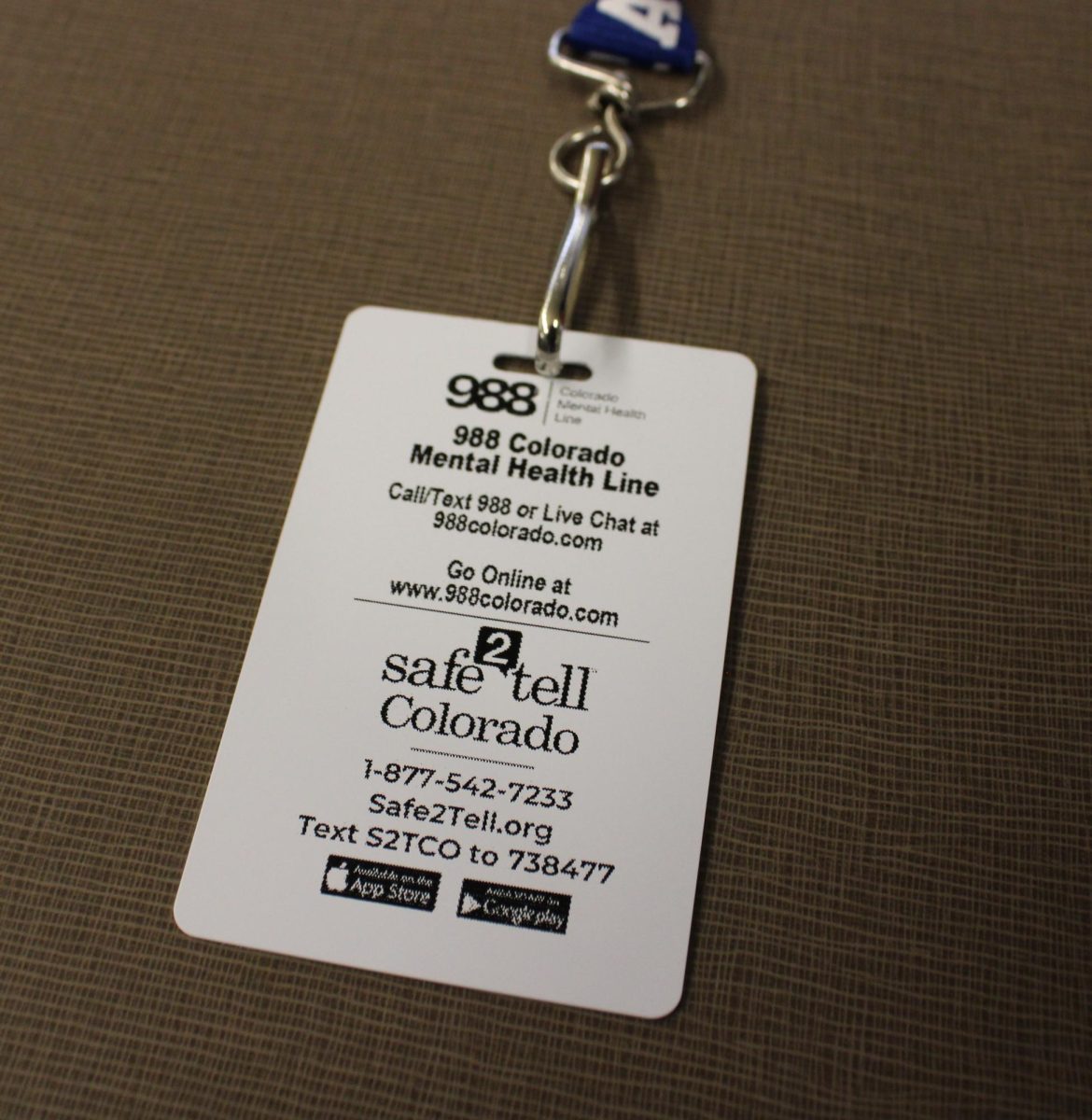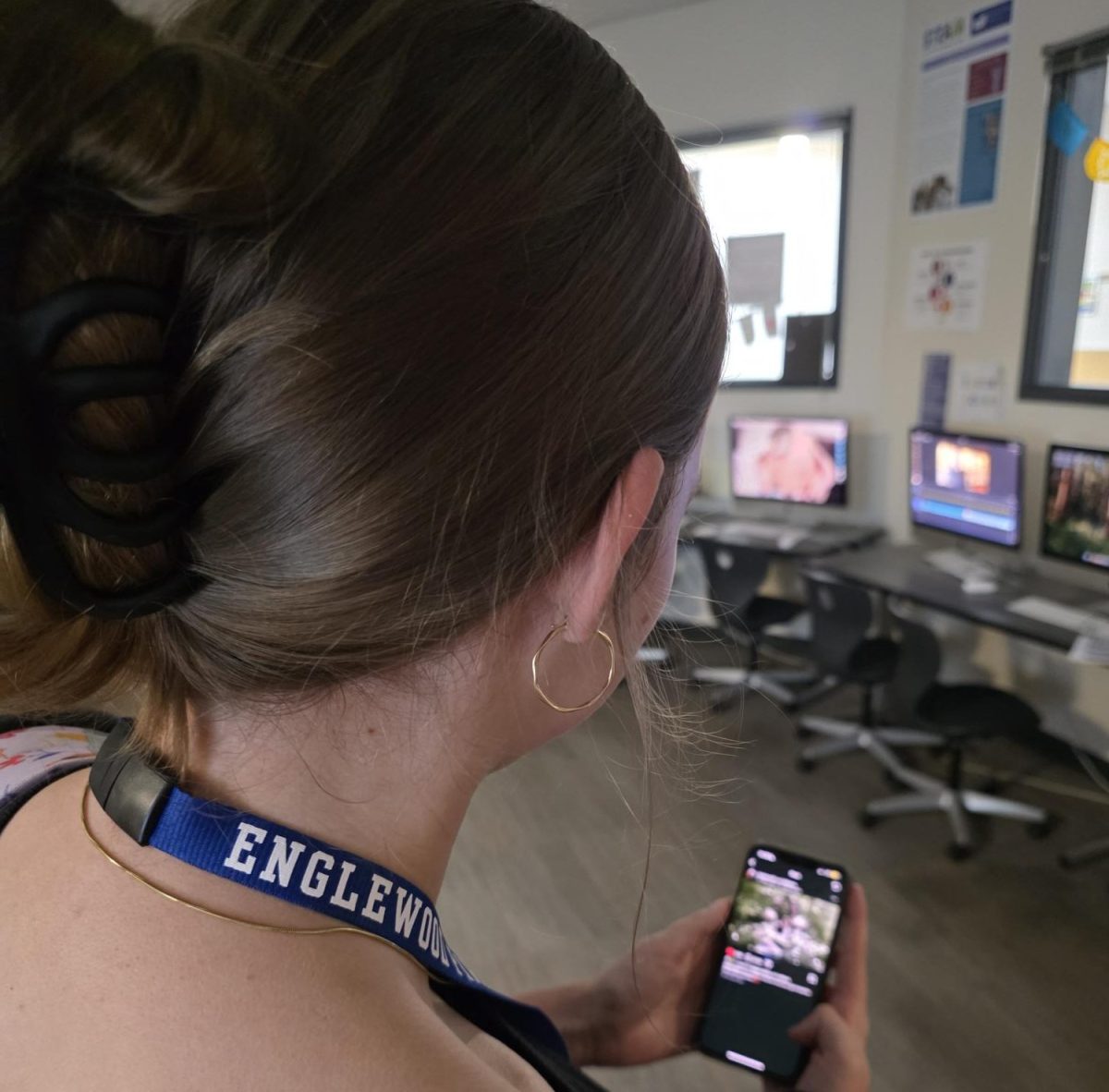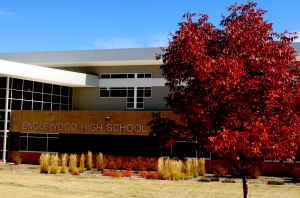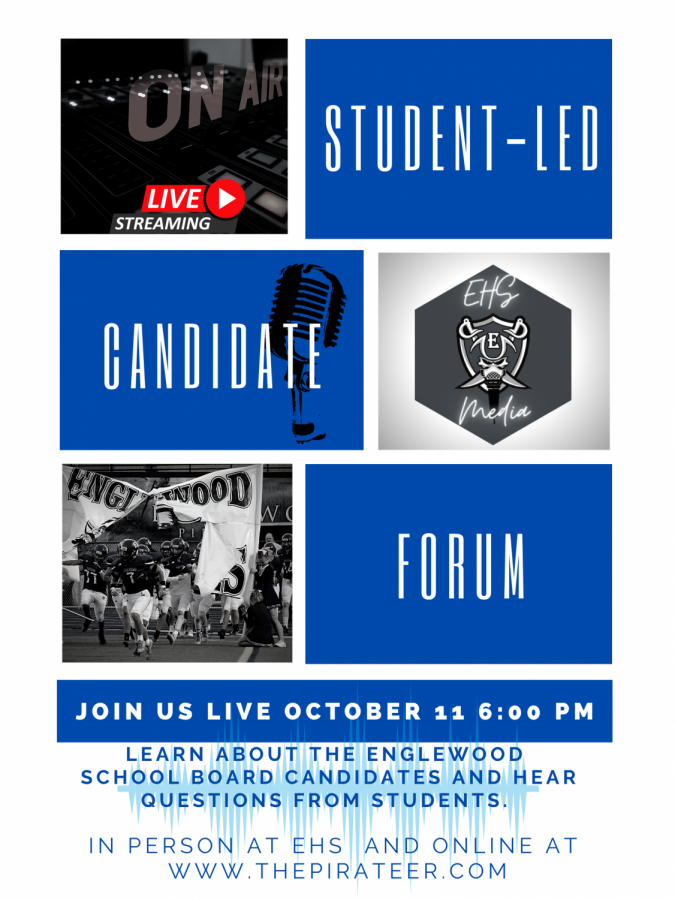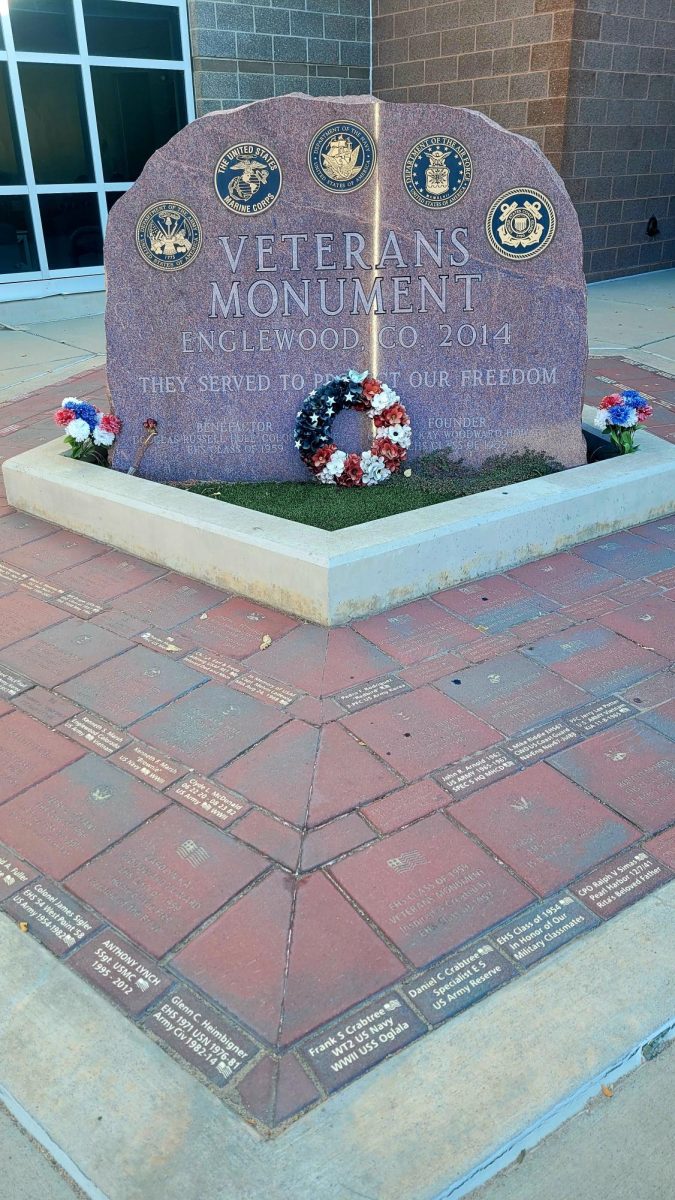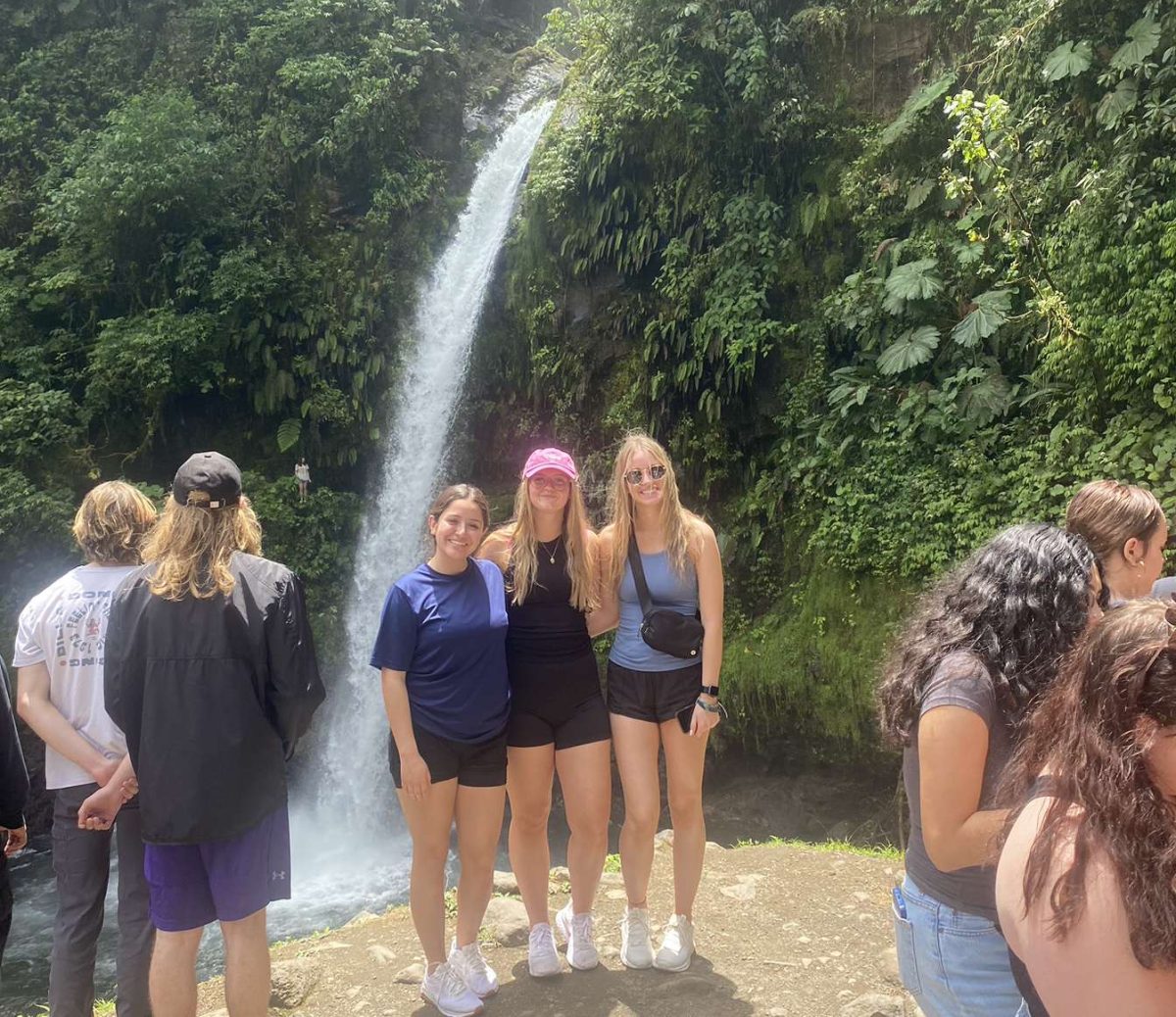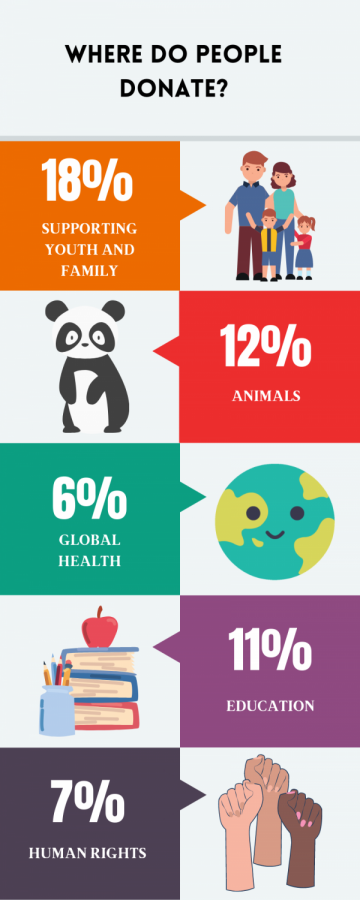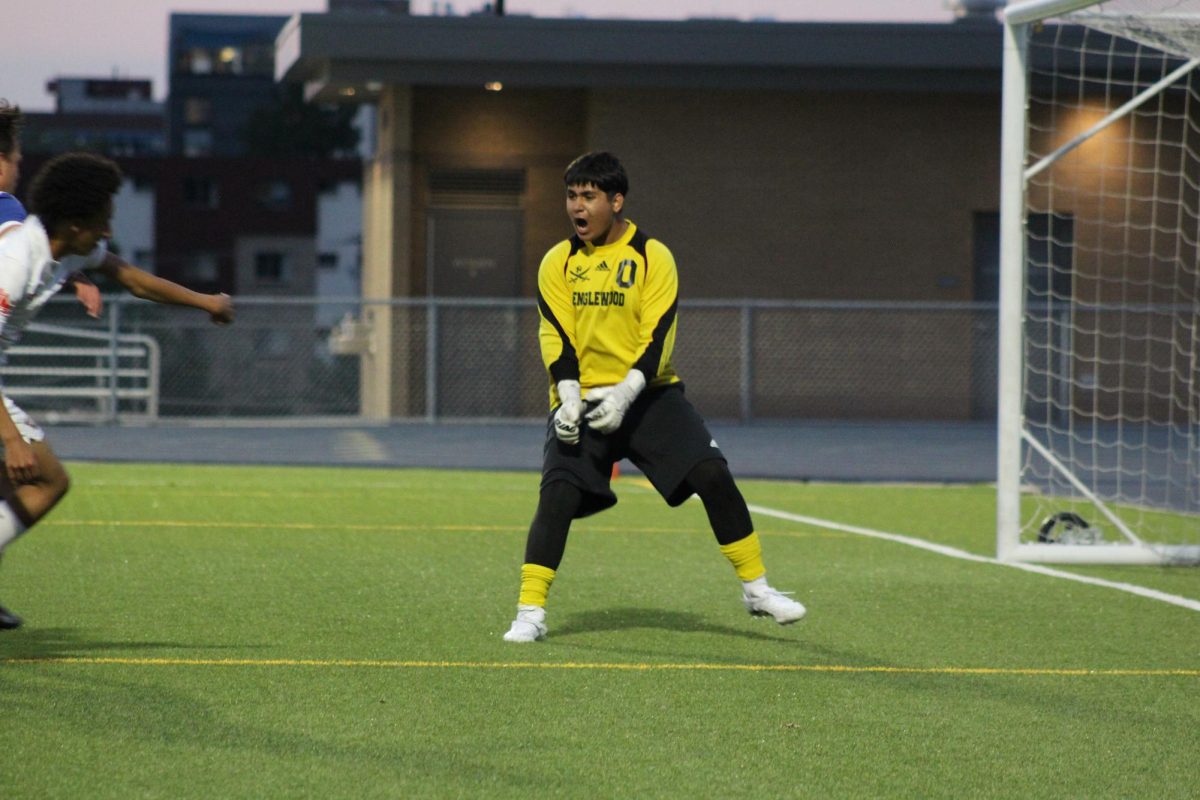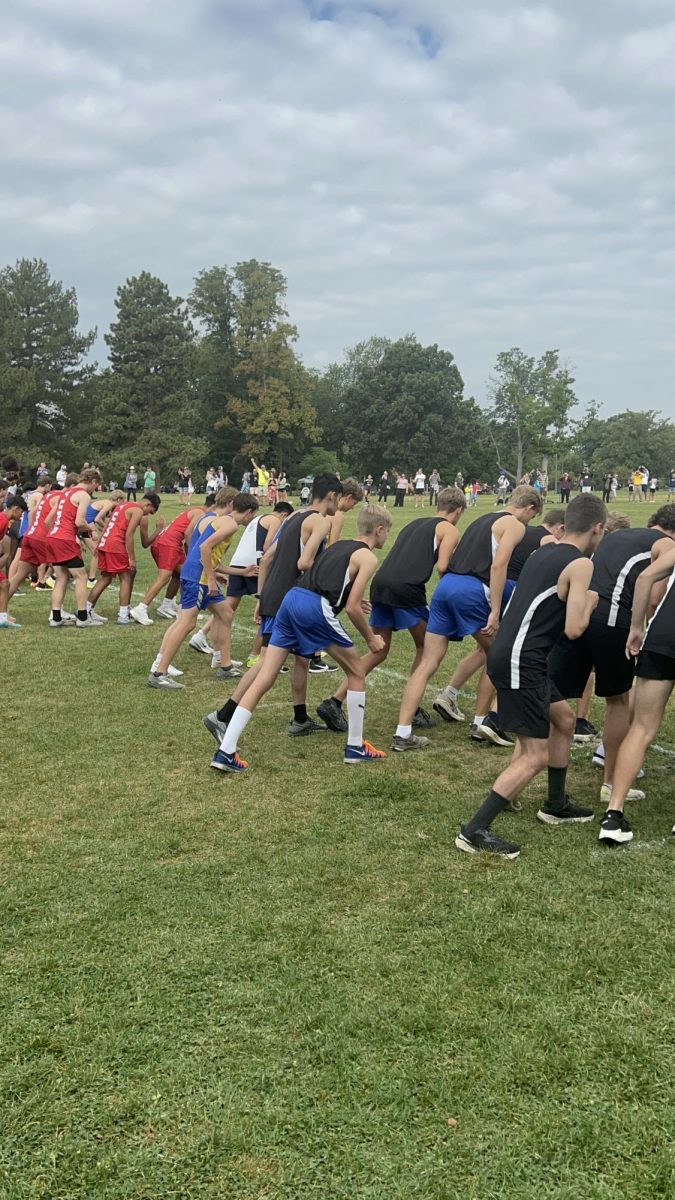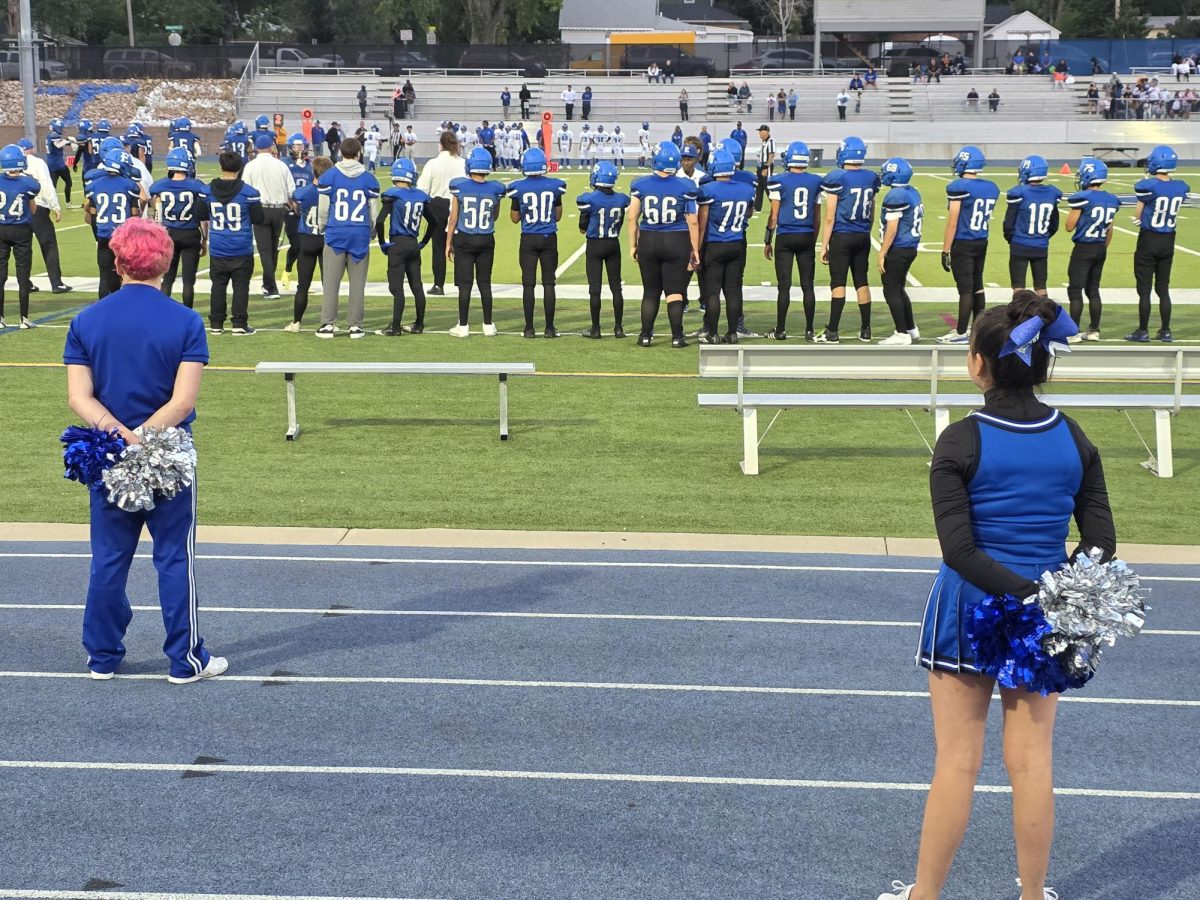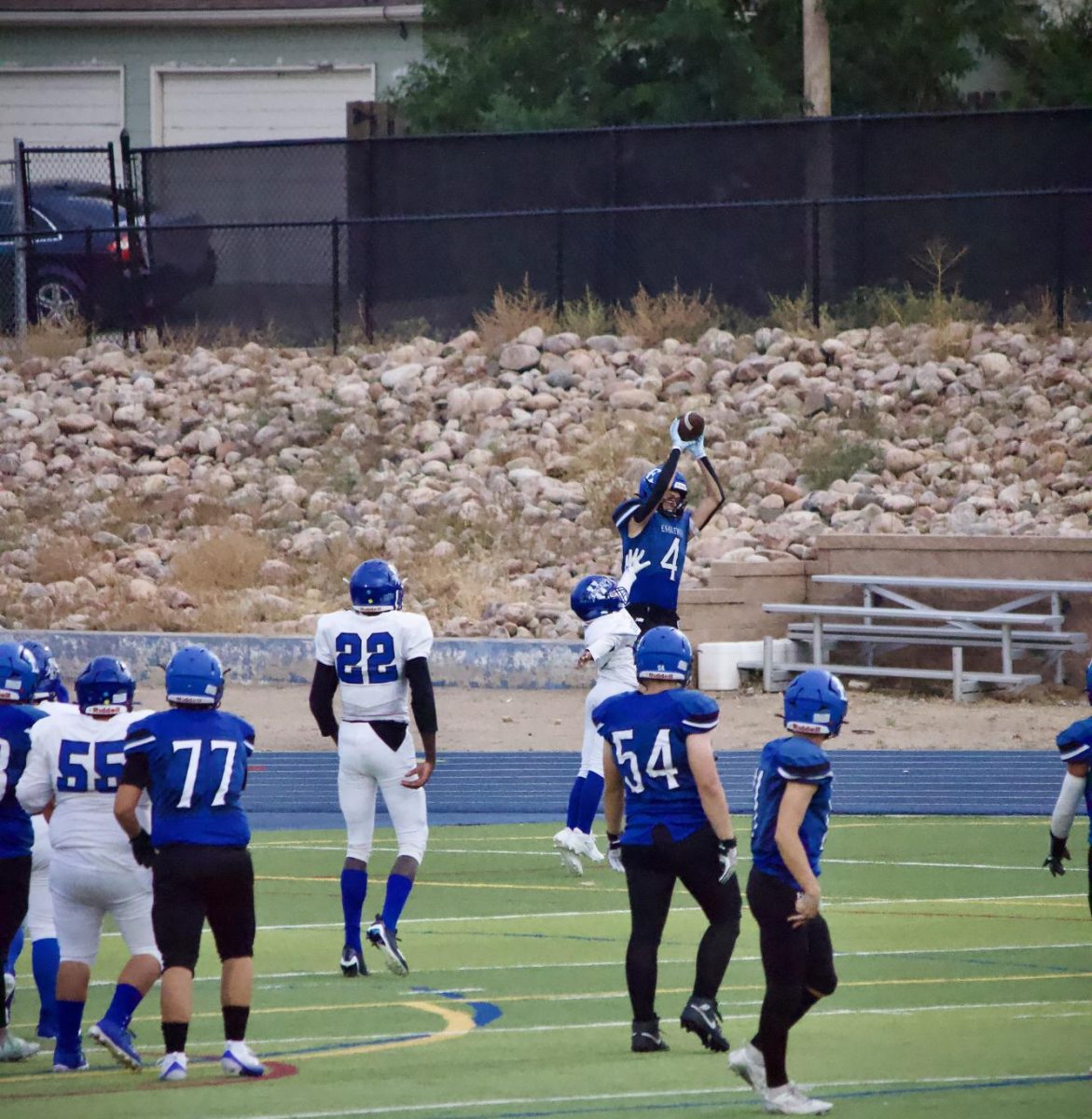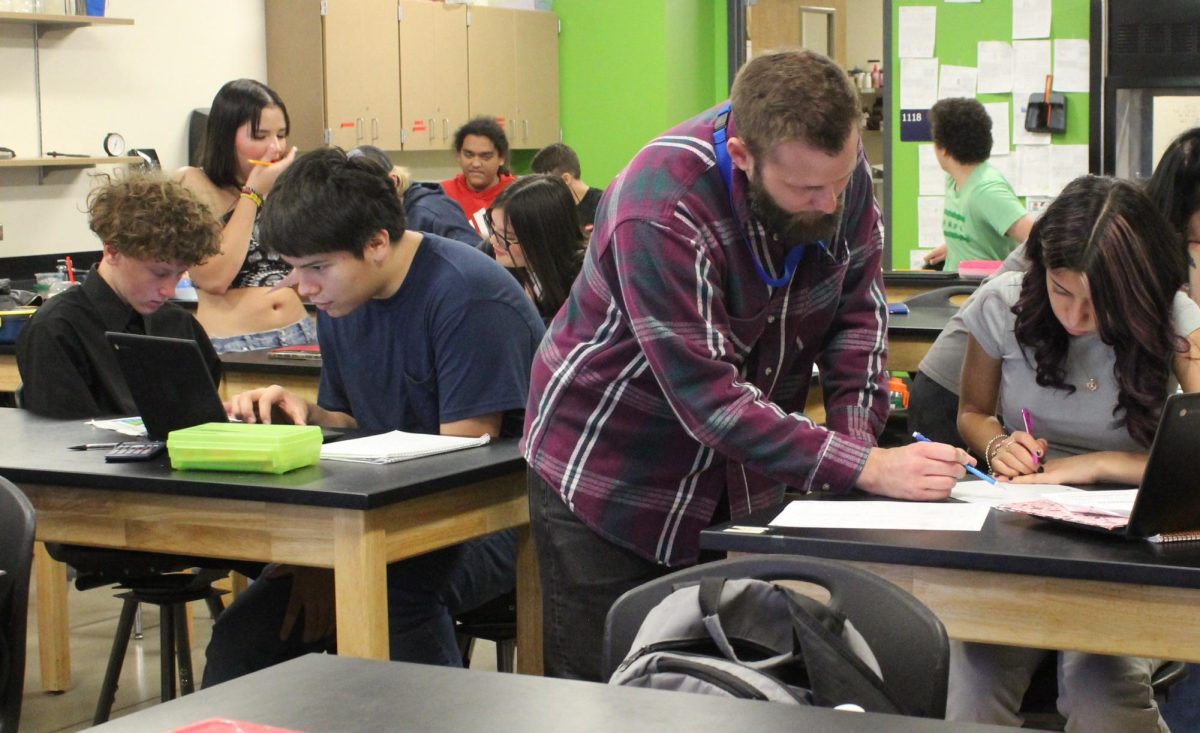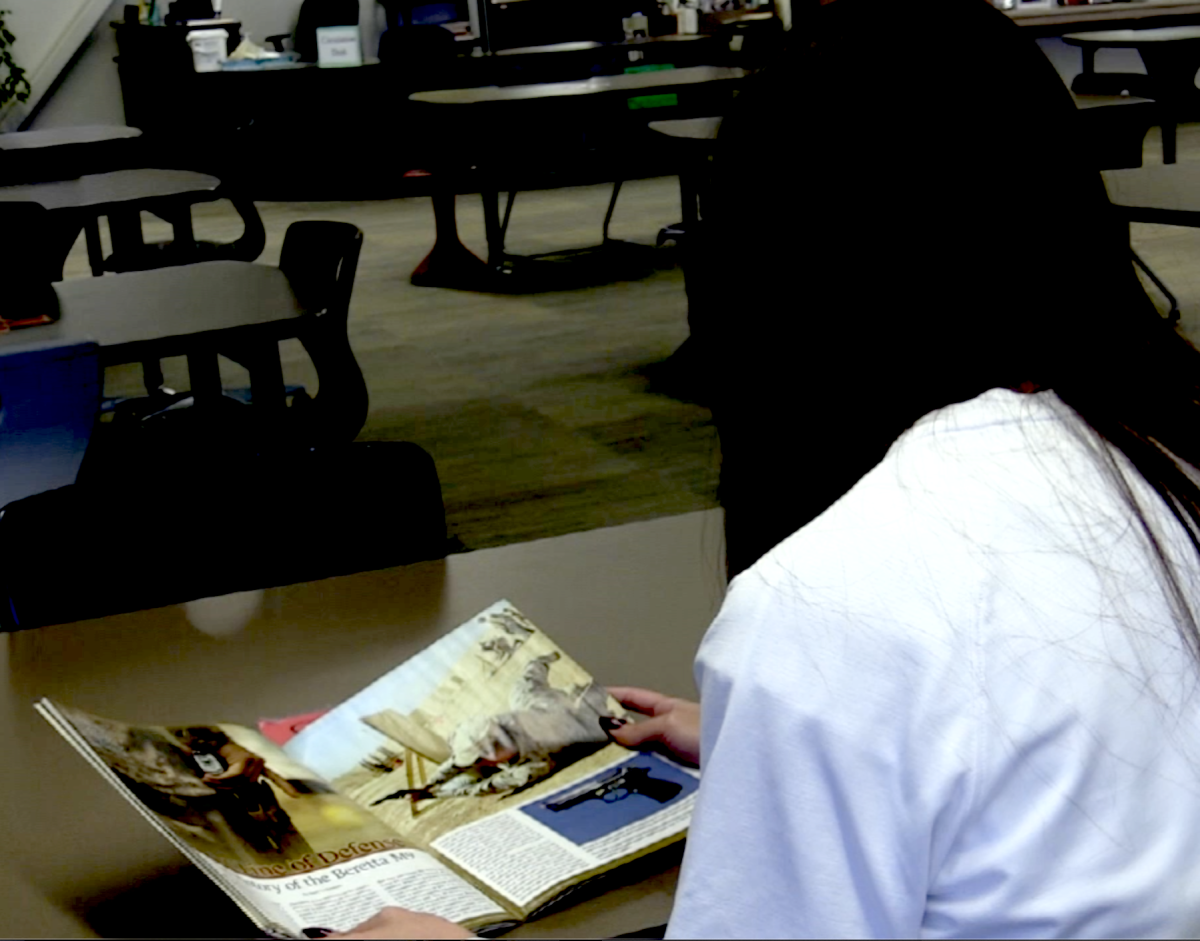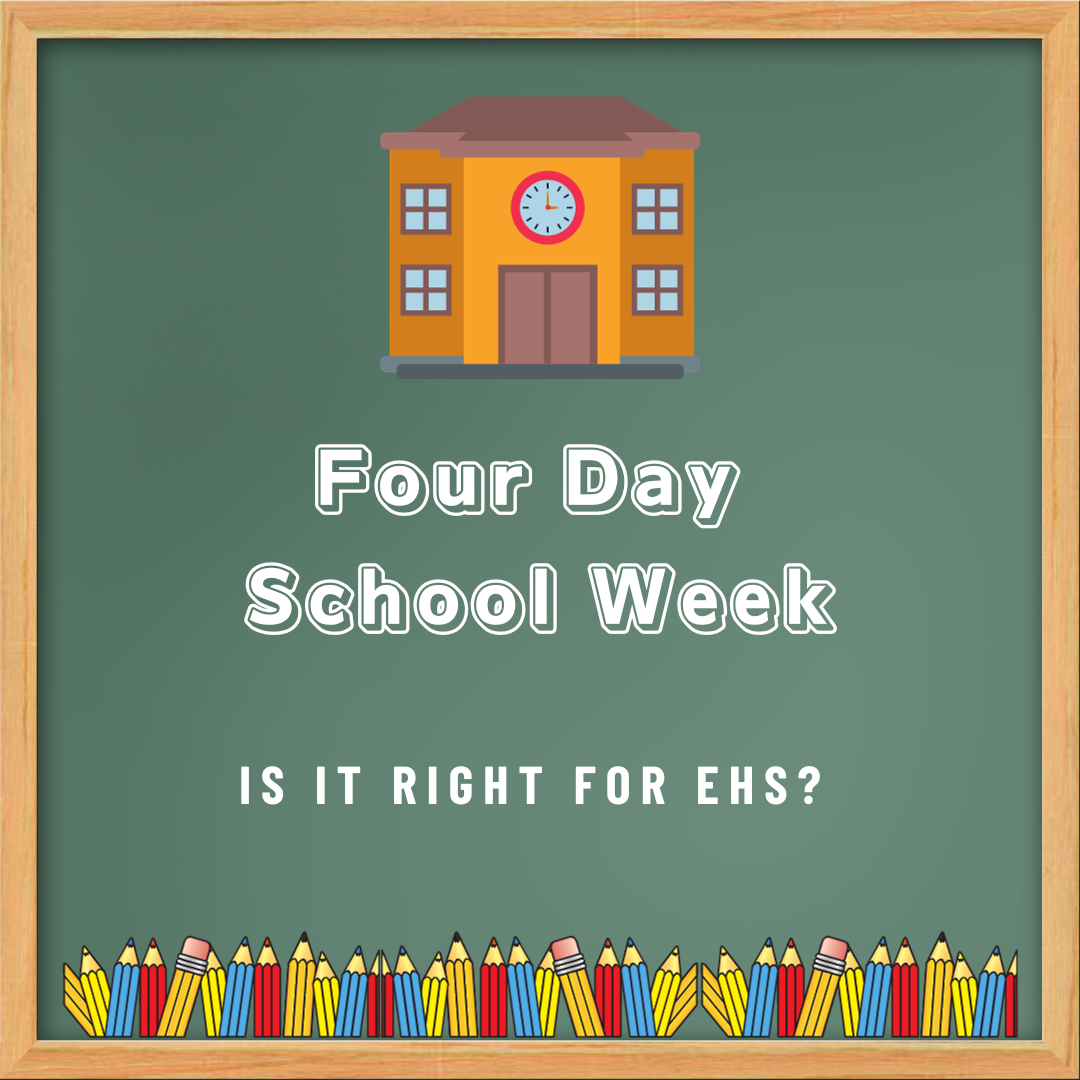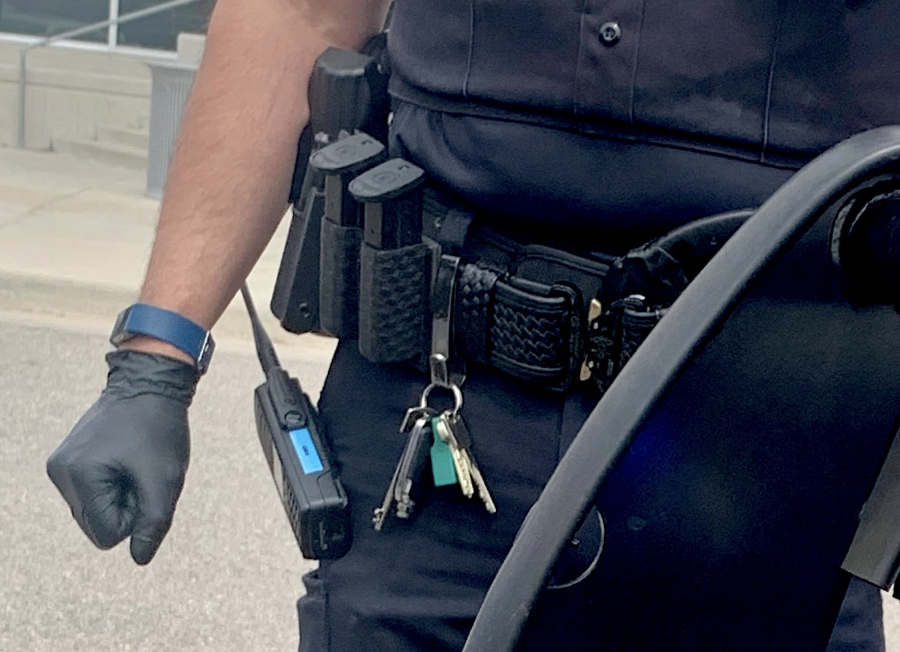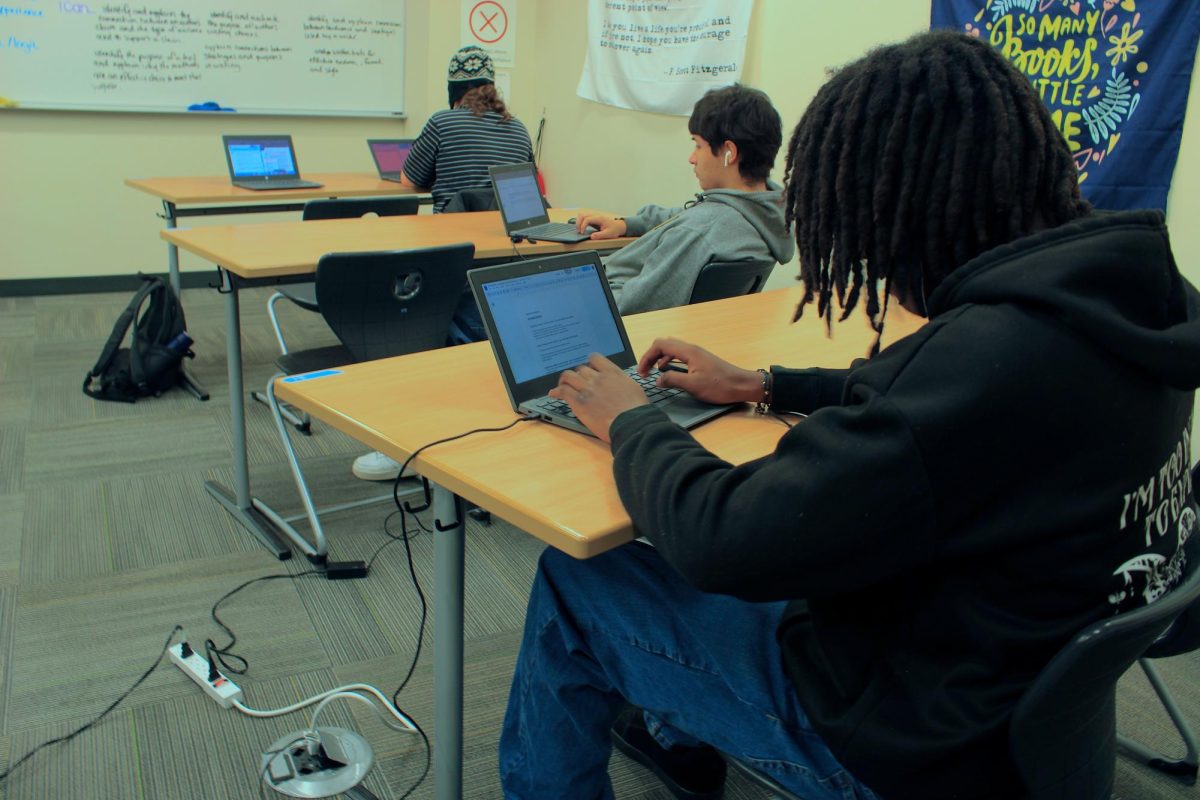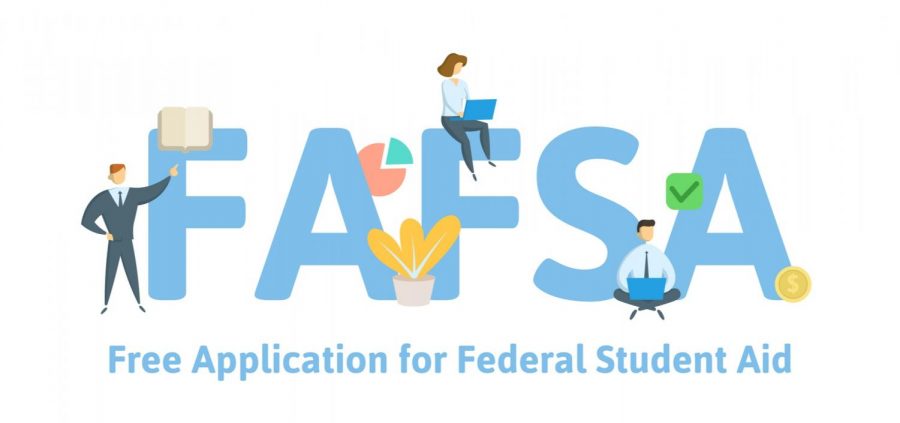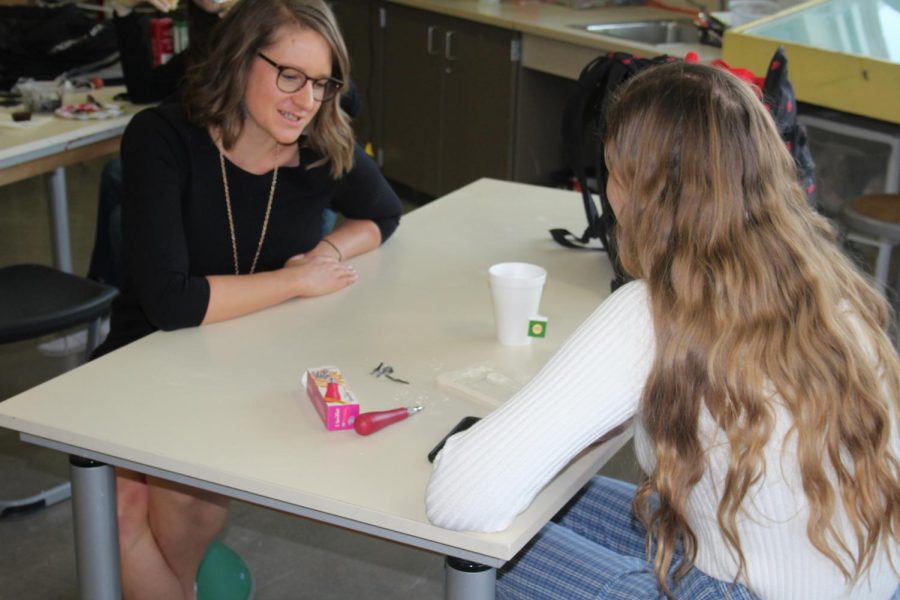Shortage of Substitute Teachers at EHS
Teacher Emily Ancona aids a student in AP Art class
December 17, 2018
If you’re a teacher at Englewood High School, a sick day might not always be a guarantee. With the lack of subs at EHS right now, EHS teachers are having to come to work while under-the-weather. “A lot of teachers don’t call in sick because we don’t want to put stress on other teachers who may need to fill in for other teachers during their planning time. It is a great community of teachers who support each other and we want to make sure we are being fair to others. If we are really sick and need to be out, we know one of our co-workers will always step in,” says teacher Karla Shotts.
A familiar face at Englewood, substitute Cap Hensley, says it took quite a bit of work to become a sub, “I started in California. The test I took was 110 bucks and took a half a day, and I drove from where I was to Monterey, I passed the test and applied to a specific school district. I needed a bachelors degree which I have, I also have a Ph.D. which is not something that is part of becoming a real teacher, some districts require orientation some don’t, it was a matter of applying.”
Mr. Hensley feels there is more reasoning behind the lack of substitute teachers at Englewood other than just a lack of people, “Lack of student cooperation, and students taking advantage of subs.” Student-athlete Nate Gravagno says he notices the behavior Mr. Hensley is talking about, “I notice it when we have subs, students are more disrespectful than normal, and it is obvious why subs don’t want to come to Englewood.”
Mr. Hensley does see light at the end of the tunnel, “I’m encouraged that things are improving in Englewood, due to a new administration, but why would I want to come to a district where I don’t feel respected by the students? I see what students will face in the real world, and the behavior I witness is not going to cut it. I love kids, I want to help kids. I tell them that it all comes down to you, you can blame the environment or the people around you, but it ultimately all comes down to you in order to be successful.”
According to a report published in the Washington Post, Nithya Joseph, director for state policy at the National Council on Teacher Quality says there are numerous reasons teachers take time off, but it should be limited in number and duration. Joseph says teachers who aren’t consistently in the classroom could be hurting their students, “When the teacher of record is not in the classroom, it has an impact on student achievement,” Joseph said.
The National Bureau of Economic Research has found if a teacher is out of the classroom for at least 10 days, it is as if the student has a new teacher each time he/she returns. The issue could lead to a significant decrease in student outcomes.
Englewood has numerous policies and procedures aimed at keeping students in school and reducing the number of tardies and absences. The same can be said across the country. Much attention focuses on the 6 million students who miss more than 15 days of school each year. The spotty attendance makes it much more likely to see low achievement and increases the chances of not graduating. In the same way, the U.S. Education Department’s Office for Civil Rights reports, teacher absences could be having a similarly negative effect on scholastic success.
“I personally never call in unless I’m really sick. For one thing, I don’t think subs are equipped to handle my classes unless I know the sub,” said art teacher Emily Ancona, “I know it is hard to handle some of our student population, it is just easier for me to be here.”
Students say they could make it easier on subs by coming to class prepared to do the work assigned and being respectful to any adult that is running the class that day.

